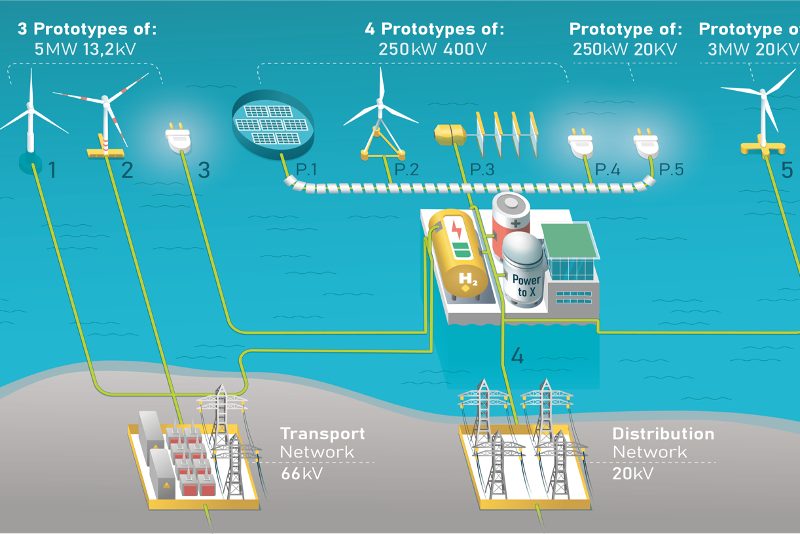
This is how the EU fights for a Sustainable Future
This is how the EU fights for a Sustainable Future https://h2-heat.eu/wp-content/uploads/2023/09/eu-768x544-1-1024x768.jpg 1024 768 H2Heat Project https://h2-heat.eu/wp-content/uploads/2023/09/eu-768x544-1-1024x768.jpgIn a world grappling with the dire consequences of climate change, the European Union (EU) has set an ambitious and inspiring target: to achieve net-zero greenhouse gas emissions by the year 2050. This commitment reflects the EU’s dedication to leading the charge in mitigating climate change, fostering sustainable development, and ensuring a brighter future for generations to come. In this blog, we’ll explore the EU’s net-zero emissions goal, its significance, and the strategies it is employing to make it a reality.
Understanding Net-Zero Emissions
Net-zero emissions, often referred to as carbon neutrality, mean that a region or entity is balancing the amount of greenhouse gases it emits with an equivalent amount removed from the atmosphere. Achieving net-zero emissions doesn’t imply eliminating all emissions; instead, it involves reducing emissions as much as possible and offsetting the remaining emissions through various means, such as carbon capture and removal technologies or reforestation projects.
The Urgency of the Climate Crisis
The EU’s commitment to net-zero emissions comes at a critical time. The impacts of climate change, including extreme weather events, rising sea levels, and disruptions to ecosystems, are already being felt worldwide. Urgent action is required to limit global warming to well below 2 degrees Celsius above pre-industrial levels, as outlined in the Paris Agreement. Net-zero emissions by 2050 is a crucial milestone in achieving this goal.
The EU’s Leadership Role
The EU has long been at the forefront of international efforts to combat climate change. Its Green Deal, announced in December 2019, lays out a comprehensive plan to make the EU the world’s first climate-neutral continent. The net-zero emissions goal is a cornerstone of this initiative, demonstrating the EU’s leadership in environmental stewardship.
Strategies for Achieving Net-Zero Emissions
Energy Efficiency
Improving energy efficiency in industries, buildings, and transportation is a key strategy. This includes renovating buildings to be more energy-efficient, promoting electric vehicles, and implementing stringent energy efficiency standards.
Transition to Renewable Energy
The EU is investing heavily in renewable energy sources like wind, solar, and hydropower. These sources provide clean and sustainable alternatives to fossil fuels, reducing emissions from the energy sector.
Carbon Pricing
The EU has implemented a carbon pricing mechanism through its Emissions Trading System (ETS). This incentivizes industries to reduce emissions and invest in cleaner technologies.
Reforestation and Land Use
The EU is committed to preserving and restoring forests and adopting sustainable agricultural practices. Forests act as carbon sinks, helping to offset emissions.
Innovation and Research
The EU is funding research and innovation in green technologies and solutions, ensuring the development of cutting-edge tools to reduce emissions. Just Transition: Recognizing the need for a fair transition, the EU is working to support regions and industries heavily reliant on fossil fuels in their shift toward sustainable alternatives.
Challenges and Obstacles
The journey to net-zero emissions is not without challenges. It requires significant investments, changes in behavior, and overcoming political hurdles. Industries with high emissions, such as heavy manufacturing and aviation, face particular difficulties in transitioning to low-carbon alternatives. The clock is ticking, and the EU’s determination to reach net-zero emissions is a crucial step toward preserving our planet for future generations.


